10 Major Ports In Germany
Located at the intersection of central and western Europe and situated between the Baltic and North seas to the north, officially, the Federal Republic of Germany is a major shipping and industrial country that exports high-quality manufactured goods.
Germany is the second most populous and the largest economy in Europe. Being the World’s fourth-largest economy following the United States, China, and Japan and third-largest exporter and the third-largest importer of goods, there are technically 74 ports in Germany.
Its major export partners are the US (9% of the total exports), France (8%), China, the UK and the Netherlands (7%), Italy, Austria and Poland (5%), Switzerland (4%), and Belgium, Spain and Czech Republic (3%).
Ports in Germany play a vital role in the export and import trade of the country. The Government of Germany, which operates the Ports authority of Germany, runs these ports.
This port authority ensures a safe and efficient transportation system that provides secure trading in the ports and enhances Germany’s economic prosperity.
The port authority of Germany manages and maintains waterways in the country.
Ports in Germany have direct shipping interconnections with other countries through the major shipping lines.
Let’s check out some major Ports in Germany:
1) Hamburg Port
Hamburg
UN LOCODE: DE HAM
Container Traffic 2019: 9.3 million TEU
Container Tonnage 2019: 136.6 million tons
The Port of Hamburg, a seaport situated on the river Elbe in Hamburg, Germany, is about 110 kilometres from its entry into the North Sea. It is the largest port in Germany by volume and is considered Germany’s “Gateway to the World.”
The Hamburg port has an aggregate berthing volume of 320 and can be used as any cargo vessel, with its geographical area stretching up to 7,250 Hectares. This port was established on 7 May 1189 by Frederick 1, i.e., nearly as old as Hamburg’s history.
Hamburg is the 15th largest seaport globally and the 3rd busiest port in Europe (after Rotterdam and Antwerp) concerning TEU. Hamburg’s port is a vital connection between Eastern and Central Europe segments and holds 25% of the internal shipping operations.
2) Port of Bremen and Bremerhaven
Bremen city
UN LOCODE: DEBRE
Container Traffic (2019): 4,857,000.000 TEU
Container Tonnage (2019): 69424.000 Tons
The Ports of Bremen or Bremish Ports comprise Bremen and Bremerhaven’s trading ports and are among the largest ports in Germany. The port of Bremen, Germany’s most important industrial centre, is situated on the edge of the Weser river around 70 kilometres inland from the North Sea.
They are directed by a private position in public property, called Bremen ports GmbH & Co. KG. Its first stone wall was established in 1032 when its business started to expand with the Netherlands, Norway, and England.
Greater than 60 million tons of goods were transshipped, consisting of 6 million containers and 2.1 million cars, in 2011. Bremerhaven port is the World’s busiest harbour transporting cars. Balge was the first port of Bremen, located on a narrow branch of the Weser river.
3) Port of Wilhelmshaven
State – Lower Saxony
UN LOCODE: DEWVN
Container Traffic (2018): 656,000 teu
Container Tonnage: 350,000 tonnes
The Wilhelmshaven port is the only deepwater port placed between the Ems and Weser river, on the western embankment of the Jade delta. This Port of Wilhelmshaven is a medium port in Germany. This port is located behind a dual-chamber sea lock, and it consists of two sections, the outer deep-water port with its peculiar transhipment bridges and the inner harbour, which is independent of the tides.
Wilhelmshaven is located centrally for the transhipment of petroleum products, crude oil, and chemical products. It is also the hub of coal transhipment for the entire German market.
The port of Wilhelmshaven is well equipped with the latest harbour facilities for the transhipment of containers, refrigerated cargo, food, bulk cargo, project shipments, and general cargo. The container terminal at Wilhelmshaven at the Jade Weser port is the water terminal for the next generation of large-scale container vessels.
4) Port of Duisburg
Duisburg city
UN LOCODE: DE DUI
Container Traffic (2018): 4.1 million TEU
Container Tonnage (2018): 65.3 million ton
Duisburg-Ruhrort, is the largest river harbour in the World, has its quays extending nearly 40 km along the river. It is located in West Germany in Duisburg, approximately 20km due north of Dusseldorf. This port is situated between river Rhine at km (774 and 781) and the Ruhr Channel.
The port of Duisburg-Ruhrort is the chief inland shipping port in Germany. It is also regarded as the largest inland port in Europe and, altogether, is the largest inland port in the World for all public and private port amenities. The facilities here include covered storage space available of around 1.5 million m². The port of Duisburg-ruhrort is the centre for the pan-European waterway for Seaports of Amsterdam, Hamburg, Emden, Antwerp and also Rotterdam.
5) Port of Rostock
State – Mecklenburg-Vorpommern
Un/locode: DERSK
Container traffic: 28.8 million teu
Container tonnage :25.1 million tons
The port of Rostock is the fourth-largest port in Germany and is located in northeastern Germany on the mouth of the Warnow River on the Baltic sea and the sea channel.
It has a feasible approach with a length of 3.6 nautical miles and 14.5m depth with no obstacles, bridges, locks, etc., which provides easy entry and exits to the vessels at night. This port has a capacity to accommodate ships with a length of up to 300 meters, a width up to 45 meters, and a draught of up to 13 meters.
With its favourable geographical location, both at the seaside and landside, and significant infrastructural investments, the port of Rostock is well on the way to become the second port among Baltic seaports.
6) Port of Emden
Emden city
Un/loco de: DEEME
Container traffic: 13100 TEU
Container tonnage: 26836 tons vessels
The Port of Emden is the third-largest port in Germany, and it is located in northwestern Germany, near the North Sea coast of East Frisia near the Ems River. It is one of the busiest and the enormous tide-free inland ports in Germany. The port is one of the largest sea locks which operates around the clock.
This Sealock increases with the Nesserland lock, and in the tide-open outer harbour, 2200 meters of quay amenity is available to the user. The port of Emden is equipped with an effective logistics system like ro-ro ramps and siding. It has established itself as the base port for the offshore and onshore wind energy industry.
7) Lubeck Port
Lubeck city
UN/ LOCODE:
Container Traffic: 117000 TEU
Container tonnage: 1.4 million tons
The port of Lubeck is the outermost southwestern transport centre situated on the Baltic seashore. It has a dense network of direct facilities to the region, acting as a central sound system for congestion between the rapidly growing BSR countries and the conventional economic capital in central or west Europe.
The port has borderland links that help the tonnage to reach the destination through various feasible ways. The A1 three-way motorway helps link Lubeck with the major economic hubs of Europe. The rail network provides high competence both in carload and joint congestion.
Furthermore, the Elbe-Lübeck-Canal offers a connection to the European inshore waterways network. The port is a significant centre for the administration and transhipment sector. Various services ranging from Ro-Ro / Lo-Lo traffic to warehousing and port services.
8) Port of Kiel
Kiel city
Location: Kiel
Un/locode: DEKEL
Container tonnage: 7.1 million (2018)
Kiel’s port is an important port for goods trade and passengers situated in the Baltic sea bay Kieler Forde’s inner region and comprises the way to the bars at the eastern end of Kiel Canal. The port is one of the most multifaceted ports in the Baltic area.
Its geographical setting, constant depth for the seagoing vessels, the straight connection to the national railway, and the road network make the port very appealing for its population congestion and cargo.
Port of Kiel has a profit of location because it is located at the Kiel Canal entrance, the World’s most visited artificial waterway. Kiel is the third busiest port of Germany for international passenger traffic.
Kiel’s significant passenger transporting business includes daily scheduled cruise ships to Norway, Sweden, and Lithuania.
9) Port of Frankfurt am Main
Frankfurt
UN LOCODE: DEFRA
The Port of Frankfurt is a medium port in Germany. The port has various inshore ports that have been modified into new uptown regions over time because of their central locations and the attractive view of the Main(river) from the urban living setting.
According to economical situations in the frankfurt ports, there are fluctuations in cargo handling but somewhat decreasing. About 4.3 million tonnes of goods and 64,794 containers were operated in all the Frankfurt ports.
Around 1200 ships having 32,000 containers with 1.9 million tons are regulated in Höchst Industrial Park, which itself. In the direction of the flow, there are various ports of Frankfurt.
Port Mainkur in the industrial region of Fechenheim, Osthafen, the biggest port in Frankfurt, The Mainkai, situated by the Altstadt, was the oldest port in Frankfurt.
10) Port of Brunsbuttel
Dithmarschen district
Un/locode: DEBRB
Near the North Sea and at the mouth of the Elbe River lies the Port of Brunsbuttel. It is an entry point to the Kiel Canal in the state of Schleswig-Holstein in northern Germany.
This Port in Germany consists of an inner harbor which is 656 feet wide and 1640 feet long, with a coaling station. This port also offers deepwater tidal berths at the convergence of the Kiel Canal and the Elbe River.
This port’s location near a well-developed industrial area allows it to handle various cargoes, including chemical containers, oil and gas containers, dry cargo, and dangerous goods like explosives.
The port facilities comprise 27.9 thousand square meters of warehouse space and 233.9 thousand square meters of outdoor storage. It also has 900 meters of the railway and has a ready approach to roadways.
Located at the European Union centre, Germany is undoubtedly an optimal country for global exports as 50% of the European population resides within 500km of German borders.
Therefore, more transportation takes place through Germany than any other European country. Germany’s seaports are vital for the country’s industry and economy, and it handles almost a quarter of Germany’s exports and imports.
These ports are logistics and maritime service centres. These ports bundle traffic flows, offer several value-added services, and play an essential role in safeguarding Germany’s jobs and growth.
You might also like to read:
- 10 Major Ports In Brazil
- 10 Major Ports In India
- 10 Major Ports In China
- 15 Major Ports in Spain
- Top 14 Major Ports in Italy
- Magdeburg Conduit – The Water Bridge of Germany
Disclaimer: The authors’ views expressed in this article do not necessarily reflect the views of Marine Insight. Data and charts, if used, in the article have been sourced from available information and have not been authenticated by any statutory authority. The author and Marine Insight do not claim it to be accurate nor accept any responsibility for the same. The views constitute only the opinions and do not constitute any guidelines or recommendation on any course of action to be followed by the reader.
The article or images cannot be reproduced, copied, shared or used in any form without the permission of the author and Marine Insight.
Do you have info to share with us ? Suggest a correction
Latest Maritime Knowledge Articles You Would Like:
Subscribe To Our Newsletters
By subscribing, you agree to our Privacy Policy and may receive occasional deal communications; you can unsubscribe anytime.



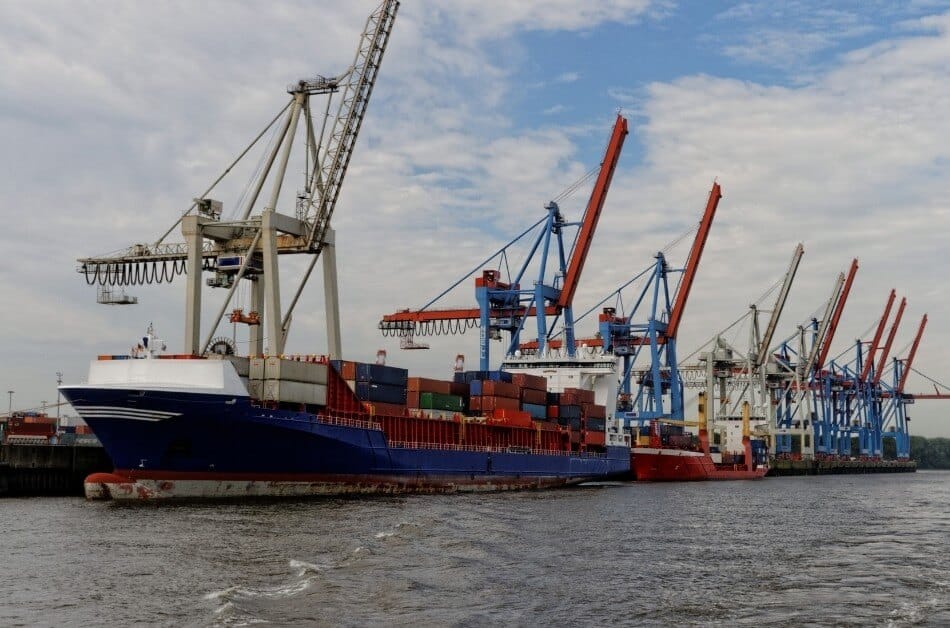
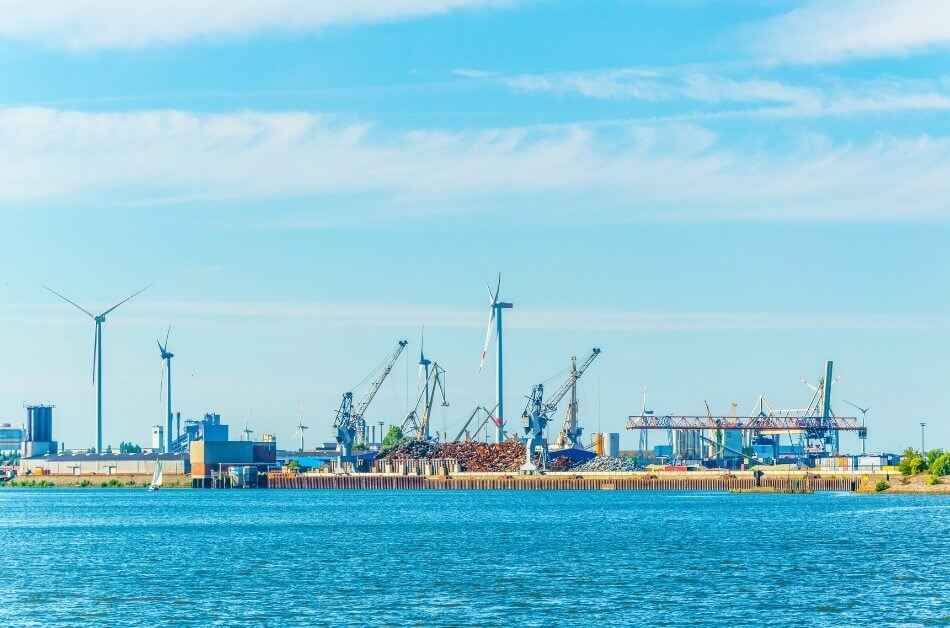
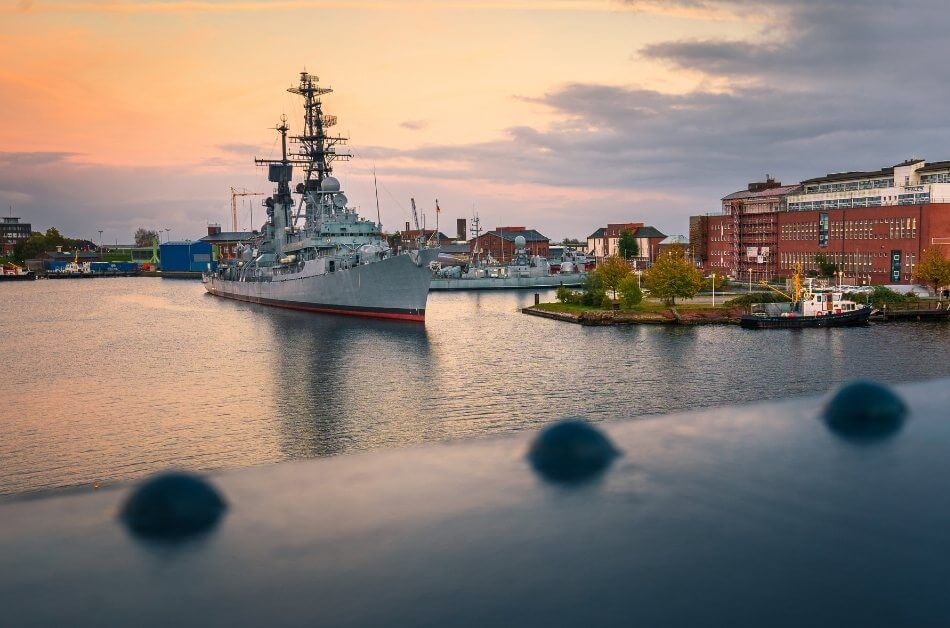
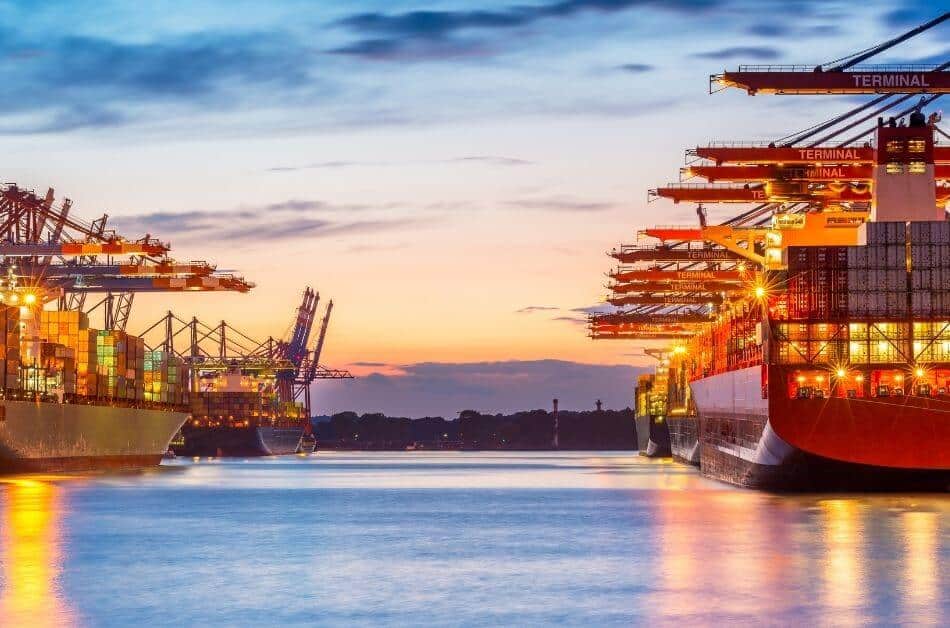
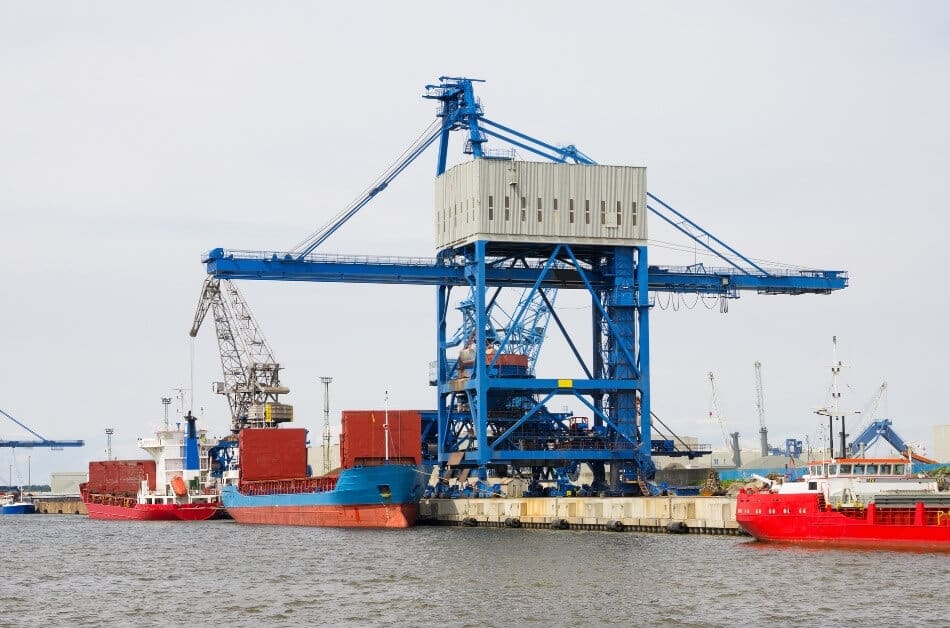
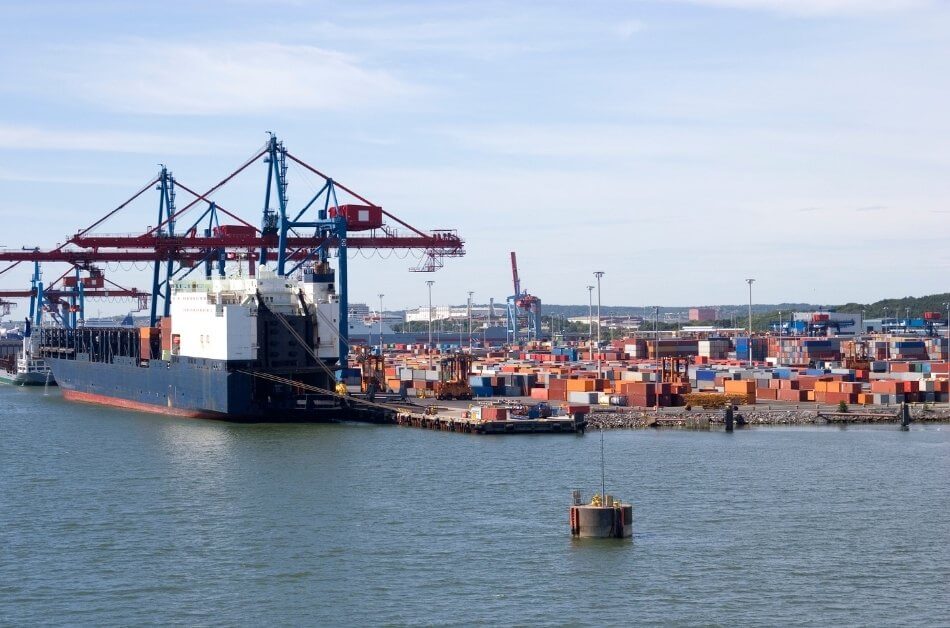
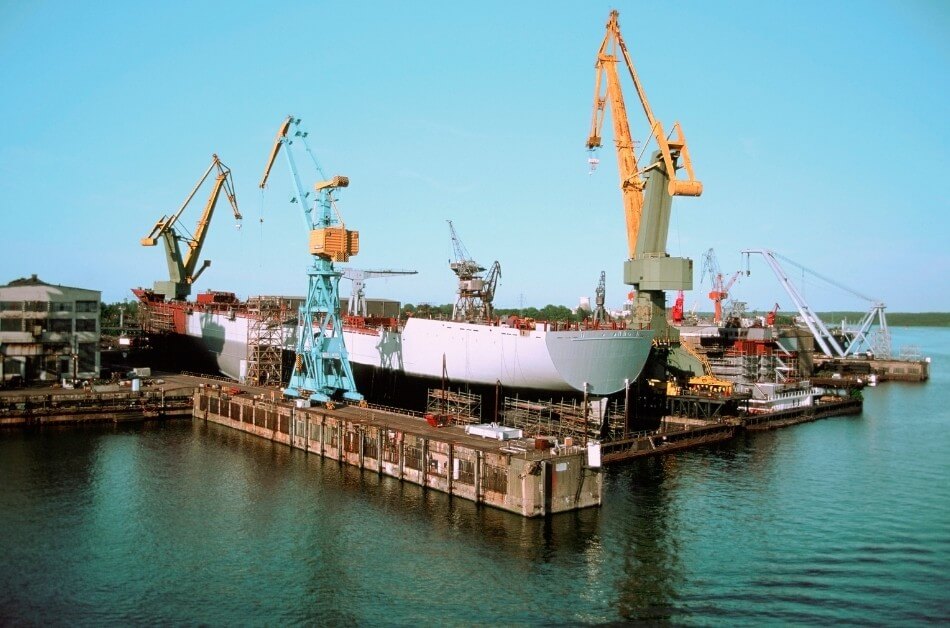
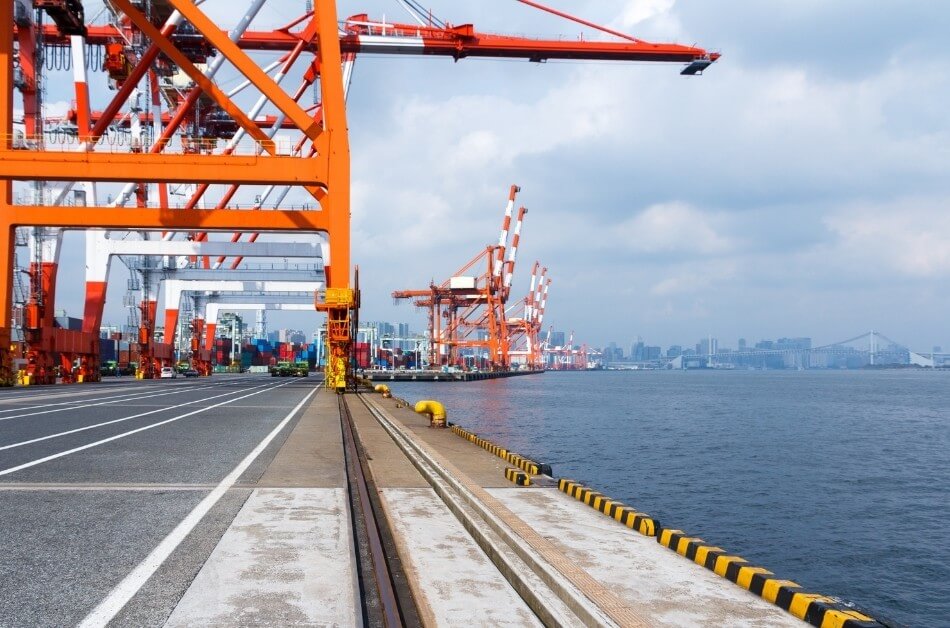
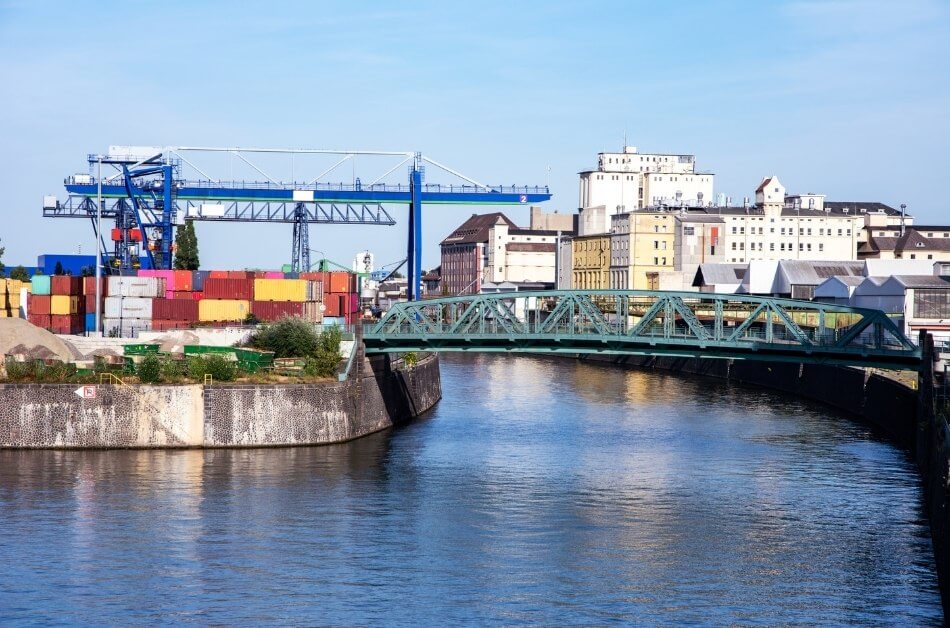
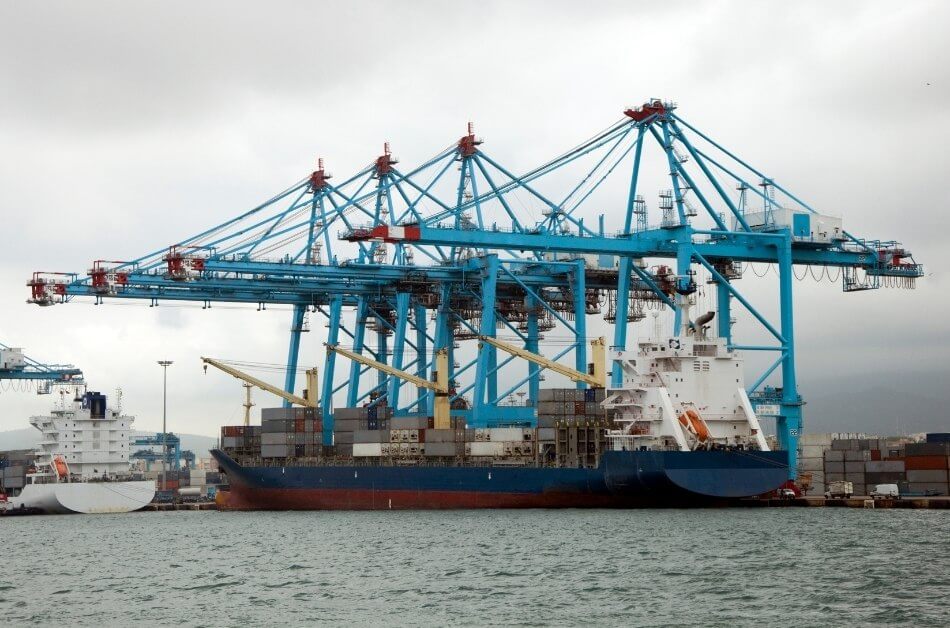





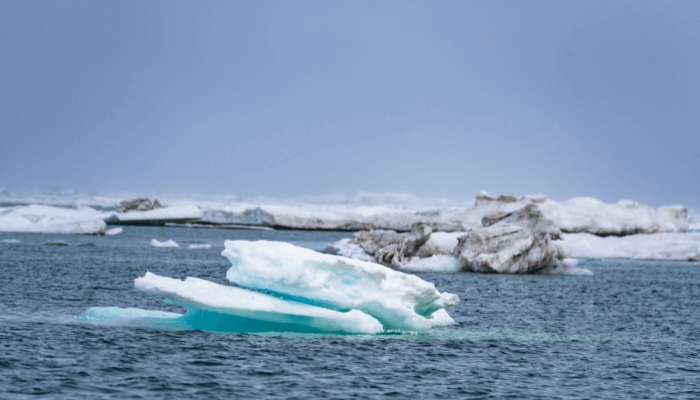







We would like to know the best port we will use to transport our goods from Germany to France